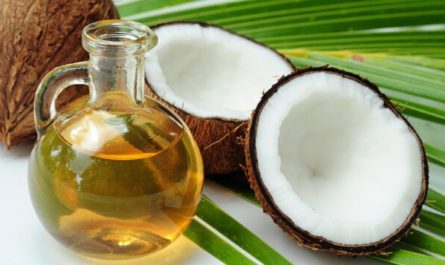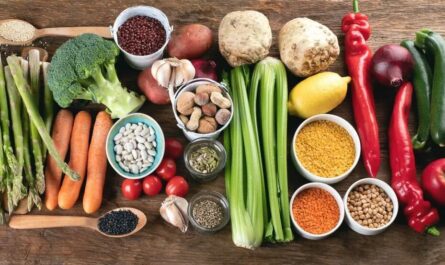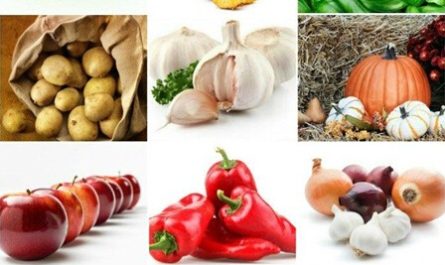Green beans, also known as string beans, snap beans, or French beans, are popular and versatile vegetables that offer numerous health benefits. They are low in calories, fiber and rich in vitamins and minerals. In this article, we will discuss 10 amazing health benefits of green beans and why they should be a regular part of your diet.
What are green beans?
Green beans are a type of legume harvested when they are still young and tender. They are eaten pod and all and can be eaten raw or cooked. There are several varieties of green beans, including string beans, snap beans, and French beans. They are a staple in many cuisines worldwide and are famous for their crisp texture and mild flavor.
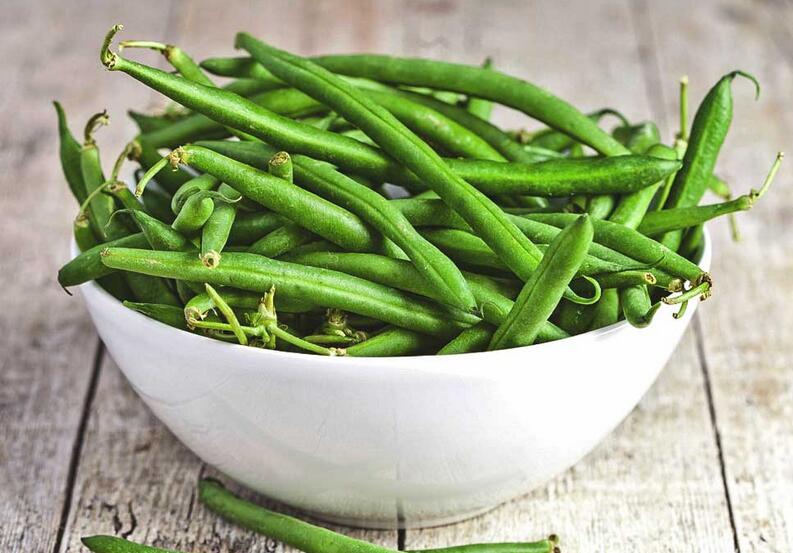
Nutritional value of green beans
Green beans are a nutrient-dense vegetable that is low in calories and fiber. (Resouce)They are also a good source of vitamins and minerals, including vitamins C, K, folate, and potassium. One cup of cooked green beans contains:
- Calories: 44
- Protein: 2 grams
- Fat: 0 grams
- Carbohydrates: 10 grams
- Fiber: 4 grams
- Vitamin C: 20% of the RDI
- Vitamin K: 27% of the RDI
- Folate: 10% of the RDI
- Potassium: 8% of the RDI
10 Amazing Health benefits of green beans
1. Improved digestion
Green beans are high in fiber, essential for maintaining a healthy digestive system. Fiber helps to promote regular bowel movements, prevent constipation, and reduce the risk of digestive disorders such as diverticulitis.
2. Lowered risk of heart disease
Green beans are a good source of antioxidants, which help to protect the body against damage from free radicals. This can help lower the risk of heart disease by reducing inflammation and preventing plaque buildup in the arteries. (Resouce)
3. Improved bone health
Green beans are rich in vitamin K, essential for maintaining strong and healthy bones. Vitamin K helps to activate proteins that are involved in bone mineralization and also plays a role in regulating calcium absorption.
4. Boosted immune system
Green beans are a good source of vitamin C, essential for maintaining a healthy immune system. Vitamin C helps to stimulate the production of white blood cells, which are responsible for fighting off infections and diseases. (Resouce)
5. Reduced cancer risk
Green beans contain several compounds that have been shown to have anti-cancer properties, including flavonoids and carotenoids. These compounds help to protect against DNA damage and reduce the risk of several types of cancer, including colon, breast, and lung cancer.
6. Improved eye health
Green beans are a good source of lutein and zeaxanthin, essential for maintaining healthy eyesight. These compounds help to protect against damage caused by blue light and reduce the risk of age-related macular degeneration and cataracts.
7. Great for Weight loss
Green beans are a low-calorie, nutrient-dense food that can help to support weight loss. They are high in fiber, which helps to promote feelings of fullness and reduce overall calorie intake.
8. Improved skin health
Green beans are a good source of vitamin C, essential for maintaining healthy skin. Vitamin C helps stimulate collagen production, reducing the appearance of fine lines and wrinkles and improving skin elasticity. (Resouce)
9. Reduced inflammation
Green beans contain several anti-inflammatory compounds, including quercetin and kaempferol. These compounds help to reduce inflammation throughout the body and can help to alleviate symptoms of inflammatory disorders such as arthritis and asthma.
10. Lowered risk of diabetes
Green beans are a low-glycemic food that can help to regulate blood sugar levels. They are high in fiber, which helps slow down glucose absorption in the bloodstream and prevent spikes in blood sugar levels.
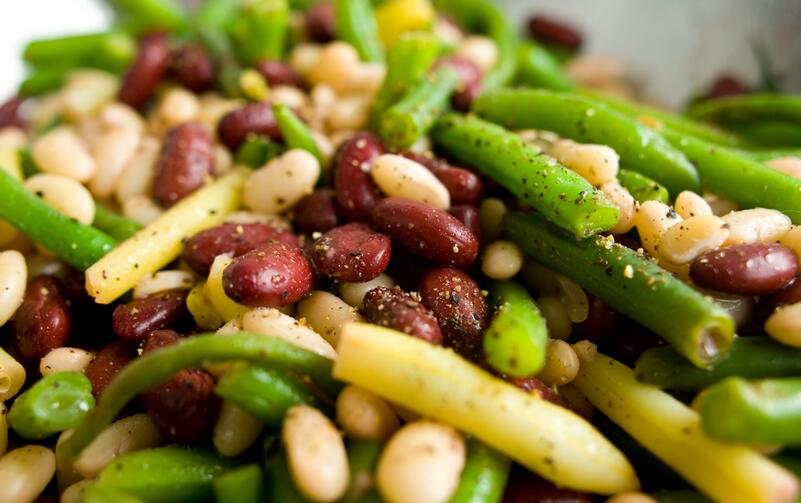
How to incorporate green beans into your diet?
Green beans are a versatile vegetable that can be enjoyed in a variety of ways. They can be eaten raw as a snack, added to salads, or cooked in various ways. Some popular cooking methods include steaming, roasting, and grilling.
Here are some ideas for incorporating green beans into your diet:
- Add raw green beans to a crudité platter for a healthy snack.
- Toss steamed green beans with olive oil and garlic for a flavorful side dish.
- Roast green beans with cherry tomatoes and balsamic vinegar for a tasty vegetable medley.
- Grill green beans and serve them with a squeeze of lemon and a sprinkle of salt and pepper.
- Add green beans to soups, stews, and casseroles for a nutritious boost.
Delicious Recipes with Green Beans
Here are some step-by-step delicious recipes with green beans:
1. Garlic Green Beans:
- Rinse 1 pound of green beans and trim off the ends.
- Boil or steam the green beans for 5-7 minutes or until tender.
- Drain the green beans and set aside.
- Heat 2 tablespoons of olive oil in a large skillet over medium heat.
- Add 2-3 cloves of minced garlic to the skillet and sauté for 1-2 minutes until fragrant.
- Add the green beans to the skillet and toss with the garlic and oil until heated through.
- Season with salt and pepper to taste and serve.
2. Green Bean Casserole:
- Preheat the oven to 350°F.
- Combine 2 cans of condensed cream of mushroom soup, 1 cup of milk, and 1/2 teaspoon of black pepper in a bowl and mix well.
- Stir in 4 cups of cooked green beans and 1 1/2 cups of French-fried onions.
- Pour the mixture into a baking dish and bake for 25 minutes.
- Sprinkle an additional 1/2 cup of French-fried onions on top of the casserole and bake for another 5 minutes or until golden brown.
3. Green Bean Salad:
- Rinse 1 pound of green beans and trim off the ends.
- Blanch the green beans in boiling water for 2-3 minutes or until crisp-tender.
- Drain the green beans and immediately transfer them to a bowl of ice water to cool.
- Drain the green beans again and pat them dry.
- Toss the green beans with 1 pint of halved cherry tomatoes, 1/2 thinly sliced red onion, and 1/2 cup of crumbled feta cheese.
- Drizzle with a vinaigrette dressing and serve.
4. Sautéed Green Beans with Almonds:
- Rinse 1 pound of green beans and trim off the ends.
- Heat 2 tablespoons of olive oil in a large skillet over medium-high heat.
- Add the green beans to the skillet and sauté for 5-7 minutes or until crisp-tender.
- Add 1/4 cup of sliced almonds to the skillet and sauté for another 1-2 minutes until lightly toasted.
- Season with salt and pepper to taste and serve.
Precautions when consuming green beans
While green beans are generally considered safe for most people, there are a few precautions to keep in mind.
First, some people may be allergic to green beans or other legumes. If you experience symptoms such as hives, itching, or difficulty breathing after consuming green beans, you should seek medical attention.
Second, green beans contain small amounts of a toxin called lectin. While lectin is generally not harmful in small amounts, some people may be sensitive to it and experience digestive symptoms such as nausea, vomiting, and diarrhea.
Finally, green beans can interact with certain medications, such as blood thinners. If you take any medications, you should speak with your doctor before adding green beans to your diet.
FAQs
1. Are canned green beans as healthy as fresh ones?
Canned green beans are generally lower in nutrients than fresh ones, as the canning process can cause some loss of vitamins and minerals. However, they can still be a healthy option, especially if fresh green beans are unavailable.
2. Can I eat green beans if I have a bean allergy?
If you have a bean allergy, you should avoid eating green beans and other legumes.
3. How many green beans should I eat per day?
There is no specific recommendation for how many green beans you should eat daily, but they can be included in a healthy, balanced diet.
4. Can green beans cause gas?
Green beans can cause gas in some people, especially if consumed in large amounts.
5. How should I cook green beans to maximize their nutritional value?
To maximize the nutritional value of green beans, it is best to cook them quickly and lightly. Overcooking can cause a loss of nutrients, so avoiding boiling or overcooking green beans is best.
Conclusion
Green beans are a nutritious and versatile vegetable that can provide a range of health benefits. They are low in calories but high in fiber, vitamins, and minerals, making them an excellent addition to a healthy, balanced diet.
Eating green beans can help to support weight loss, improve heart health, boost immunity, protect eye health, and reduce inflammation. They can be enjoyed raw or cooked in various ways, making them a convenient and delicious addition to any meal.
To improve your overall health and well-being, consider adding more green beans to your diet. Their many health benefits and delicious flavor make them a vegetable that everyone can enjoy.

